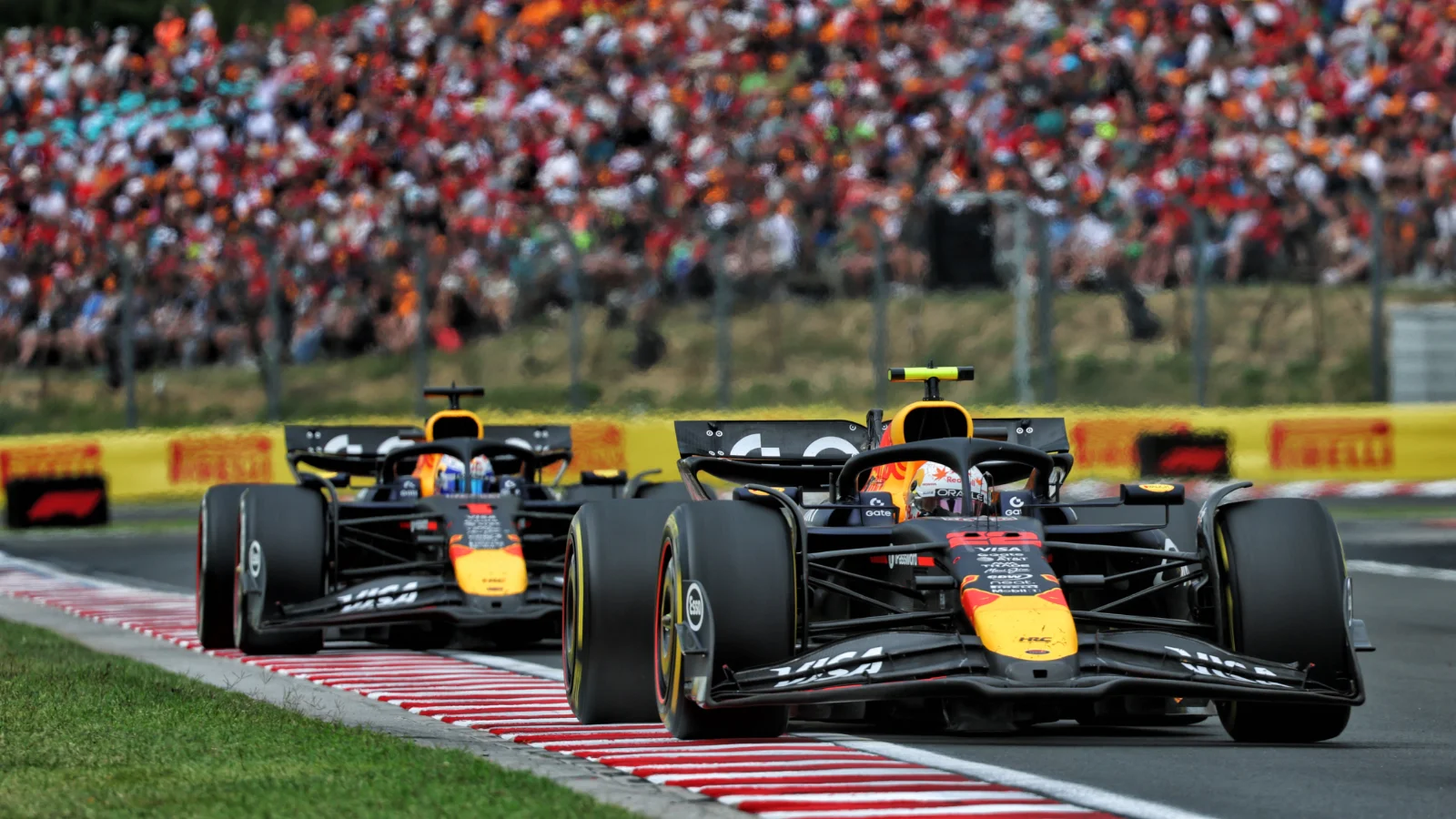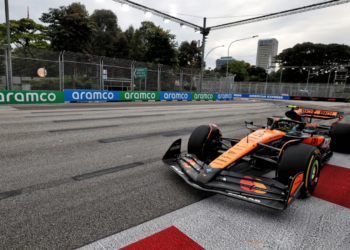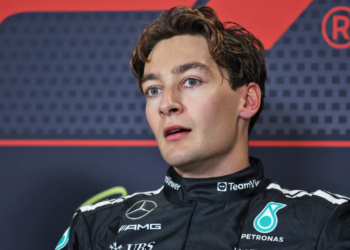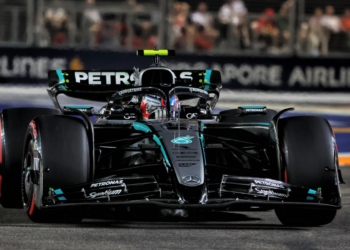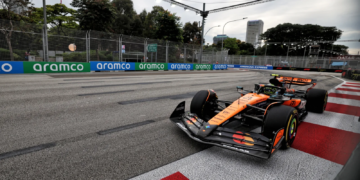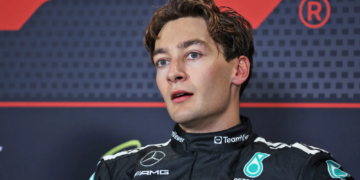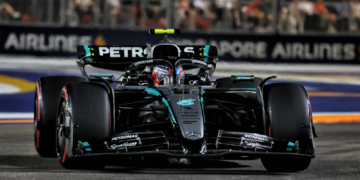Overtaking has always been at the heart of Formula 1’s drama and spectacle. From the early days of slipstream battles to today’s high-tech solutions, the art of passing has undergone remarkable transformation.
This article explores how overtaking has evolved, the impact of regulations, and why understanding these changes is crucial for fans and analysts alike.
Slipstreaming and strategic pit stops in Formula 1
In the classic era of Formula 1, overtaking was a raw contest of bravery and car control with drivers relying on slipstreaming; tucking in behind a rival to reduce aerodynamic drag and gain speed on straights.
As technology advanced, so did the complexity of passing. The introduction of refuelling in the 1990s shifted the focus toward pit stop strategy, allowing teams to leapfrog competitors in the pits rather than on track.
This era saw fewer on-track passes, but the tension of strategic battles kept fans on the edge of their seats.
The drag reduction system and its influence
When refuelling was banned in 2010, Formula 1 faced renewed calls to boost on-track action. The Drag Reduction System (DRS) arrived in 2011, offering drivers a temporary speed boost by opening a flap in the rear wing on designated straights.
DRS has sparked debate among purists, but its effect on overtaking statistics is undeniable. While some argue it makes passing too easy, others appreciate the renewed emphasis on race craft and tactical positioning.
The ongoing evolution of DRS zones and detection points continues to shape the balance between spectacle and sporting integrity.
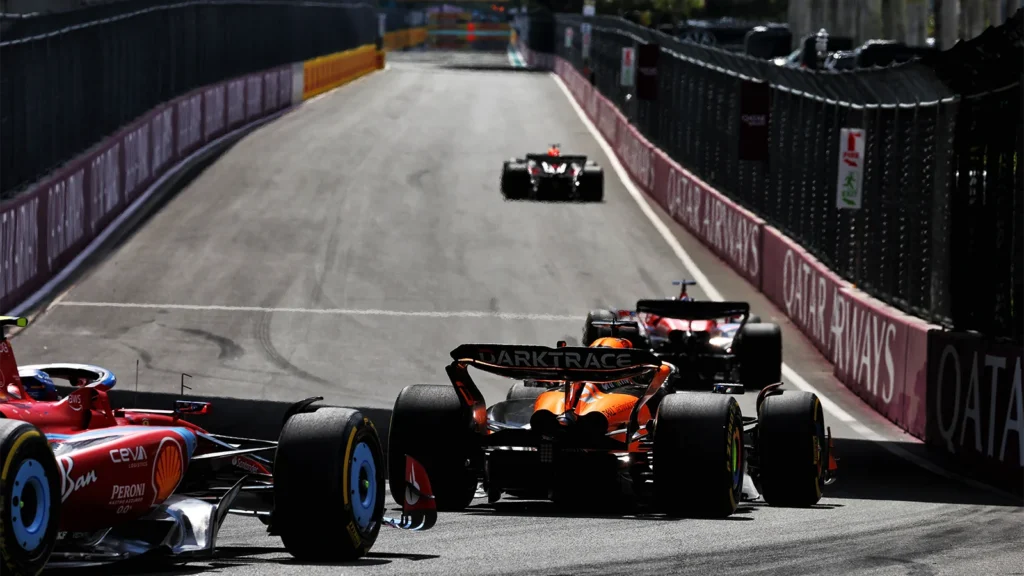
Modern data enhances the fan experience
Today’s fans are more engaged than ever, thanks to real-time data, advanced analytics, and interactive platforms. Many enthusiasts turn to expert resources for in-depth race predictions and technical breakdowns.
For those researching race day strategies or exploring historical trends, specialized sites such as best betting sites offer comprehensive statistics and insights that go beyond surface-level coverage.
For readers seeking authoritative motorsport coverage with timely and reliable race reports and technical analysis across various disciplines, speedsport.com offers respected insights that complement expert sites like motorsportweek.com.
The future of overtaking in Formula 1
As Formula 1 continues to innovate, the future of overtaking remains a hot topic. New regulations, including ground effect aerodynamics and revised car dimensions, aim to promote closer racing and more authentic passing opportunities.
Teams and drivers must adapt to these changes, refining their strategies and honing their skills. For fans and analysts, staying informed about these developments is essential to fully appreciate the evolving art of overtaking in Formula 1.
The story of overtaking in Formula 1 is far from finished. Each era brings new challenges and opportunities, ensuring that the pursuit of the perfect pass remains as thrilling as ever.
Whether watching from the grandstands or analysing data at home, understanding the nuances of overtaking deepens every fan’s connection to the sport.

